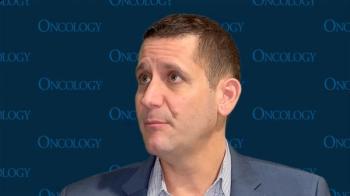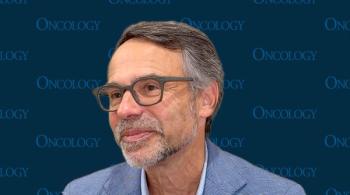
Longer Travel Time to Cancer Care Site May Mean Higher Costs
This study adds to the evidence that the decline in access to local care due to the shuttering of rural hospitals and community cancer clinics adversely affects cancer patients.
Longer travel time to a cancer care site was associated with higher Medicare spending and costs for cancer patients, as well as hospitalizations, a retrospective cohort study found. The results add to the growing body of evidence that the decline in access to local care due to the shuttering of rural hospitals and community cancer clinics adversely affects cancer patients.
“[The study] really highlights that for these patients traveling longer distances, there’s sort of a double whammy that they face,” said
The study,
The primary study outcome was the amount Medicare paid providers per month, and this was calculated using data from a variety of sources-inpatient, outpatient, hospice, home health, skilled nursing facility, carrier or physician visit, and durable medical equipment claims data-but Medicare Part D prescription drug costs were not included.
The analysis revealed that nearly a quarter of patients traveled more than 1 hour, with 8% traveling more than 2 hours to their cancer care site. For these patients who traveled more than 1 hour, Medicare spending was significantly higher compared with those who traveled 30 minutes or less. This additional spending for patients who had longer travel time was in part the result of higher monthly inpatient spending and higher carrier or physician visit spending. For the overall cohort, the highest monthly Medicare spending was seen during the end-of-life phase of care ($8,353) followed by the initial phase ($2,623) and survivorship phase ($689).
The study researchers also investigated patient costs and hospitalization rates, reporting that compared with patients who traveled 30 minutes or less, patients who traveled more than 1 hour had higher monthly patient costs during the initial phase and survivorship phase, which were primarily the result of non-institutional services, and higher hospitalization rates across all 3 phases of care.
Given that Part D prescription drug costs were excluded from the analysis, Sabik said the study authors “likely” underestimated the total cost and out-of-pocket costs, but that the literature doesn’t show how much the use of oral therapy varies for patients living in more urban vs rural areas. “It’s hard to say exactly how much we would expect their estimates on the impact of patients living further away to be affected by this limitation,” she said.
Although the findings are those of a single system, Sabik said, “The issues that they highlight about the tension between the centralization of care and specialized centers, and access and outcomes for patients who live further from these providers applies to all regions of the country.”
Newsletter
Stay up to date on recent advances in the multidisciplinary approach to cancer.
















































































